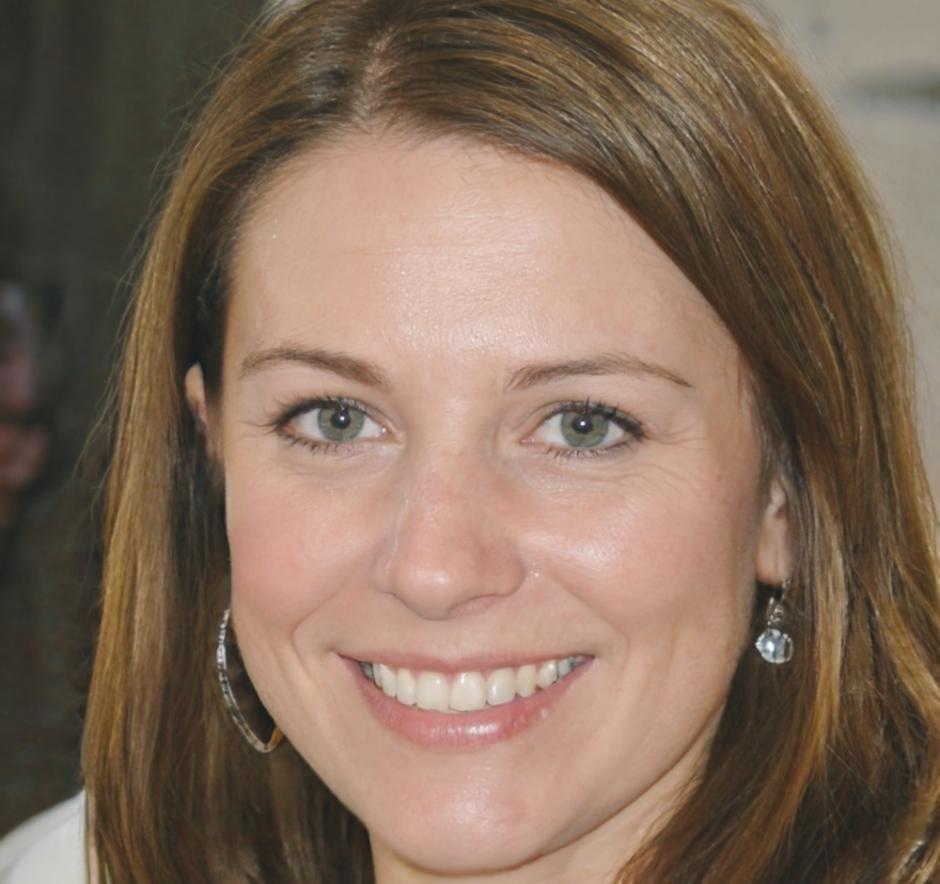Understanding Financial Health Through Numbers
Most businesses fail because they run out of cash, not because they lack profit on paper. We teach you how to read the warning signs before they become critical problems. Our programs started from one simple observation — too many capable professionals couldn't spot the difference between healthy cash flow and dangerous liquidity patterns.
Explore Our Programs
How We Got Here
Building something meaningful takes time. Here's how our approach evolved from a single workshop to comprehensive financial education.
The First Workshop
Started with eight accountants in a borrowed meeting room. Everyone wanted to understand why their clients kept asking the same questions about cash flow. That evening sparked something — people needed practical frameworks, not just theory.
Pandemic Response Pivot
When businesses started struggling with unprecedented liquidity pressures, we shifted everything online within three weeks. Our crash course on crisis cash management reached 240 professionals. It wasn't polished, but it helped.
Certificate Program Launch
Developed our first structured six-month certificate after hearing from dozens of professionals who wanted deeper expertise. The curriculum came from real cases — including some spectacular failures we dissected with permission from the companies involved.
Regional Expansion
Opened programs across three additional Australian cities. Each location brought different industries and unique challenges. A mining finance specialist in Perth asks completely different questions than a retail analyst in Melbourne.
Advanced Specializations
Rolling out sector-specific tracks starting September 2025. Healthcare finance operates differently than construction or tech startups. We're building specialized modules that address those unique patterns and risks.

Learning Works Better Together
Financial analysis isn't something you figure out in isolation. The best insights come when someone points out the pattern you've been missing or asks the question that reframes everything.
Our groups are deliberately small — usually 12 to 15 people. That size lets everyone contribute. You'll work on real company financials with people from different industries. A hospitality finance manager spots things a tech CFO misses, and vice versa.
Case Study Sessions
Work through actual company situations with your cohort. No sanitized textbook examples.
Peer Review Practice
Present your analysis to the group. Get feedback that actually improves your work.
Cross-Industry Perspective
Learn from professionals analyzing completely different business models.
Ongoing Network
Your cohort becomes a resource. People stay in touch long after the program ends.
What Happens When You Develop This Skill
We don't promise specific outcomes because that wouldn't be honest. But we've watched hundreds of professionals apply what they learned. Here's what tends to happen when people get better at financial analysis.
Faster Problem Recognition
You start spotting issues months earlier. One graduate noticed declining working capital ratios in quarterly reports and helped her company adjust before it became urgent. Early detection creates more options.
Better Conversations
When you understand the numbers properly, discussions with executives and boards improve. You ask sharper questions. Your recommendations carry more weight because they're grounded in solid analysis.
Career Movement
People move into more strategic roles. Not everyone, and not immediately. But developing this expertise opens doors — financial controller positions, advisory roles, internal audit leadership.

From People Who've Been Through It
Real feedback from professionals who completed our programs.
I'd been doing financial reviews for six years but never truly understood what I was looking at. The program changed how I read balance sheets. Now I can explain liquidity concerns to non-finance executives in ways they actually understand. That's been huge for my role.
The case studies made everything click. Working through real company failures showed me exactly what red flags look like before disaster hits. I caught a major issue at my company three months after finishing the program. Management took action because I could demonstrate the risk clearly.

